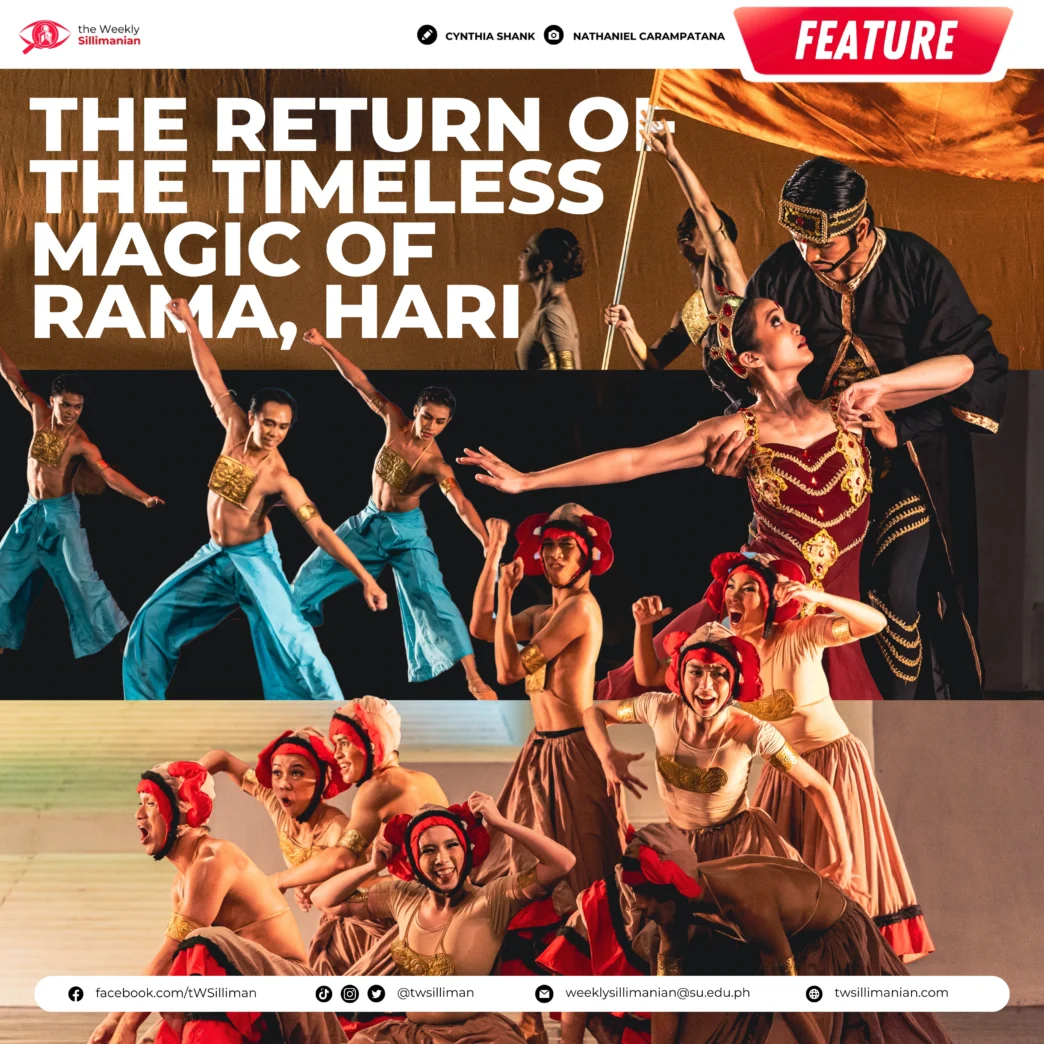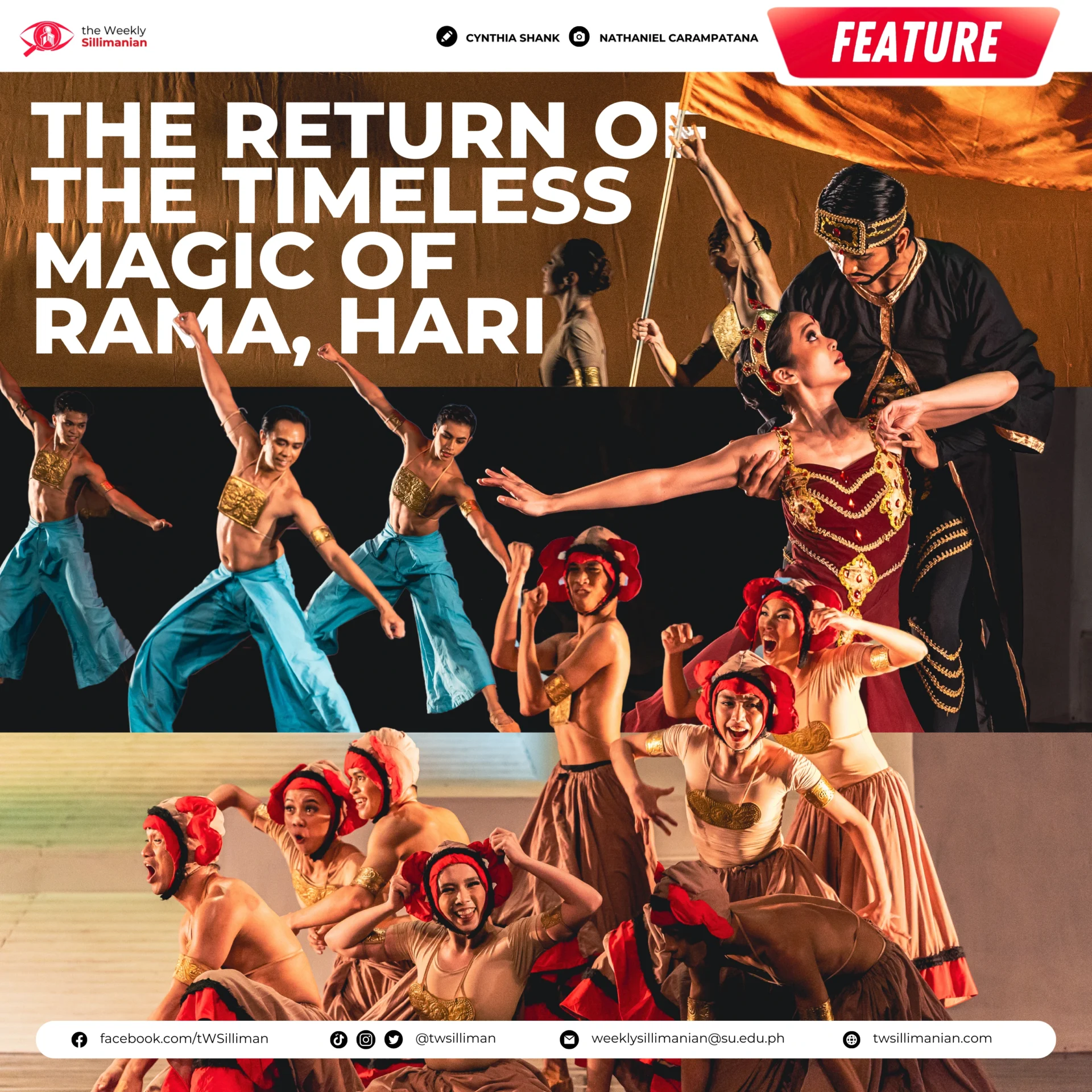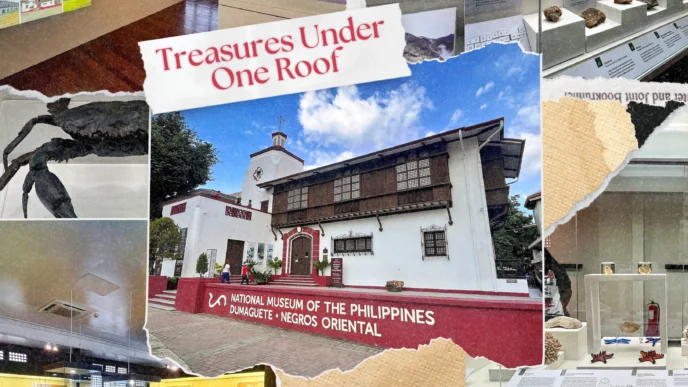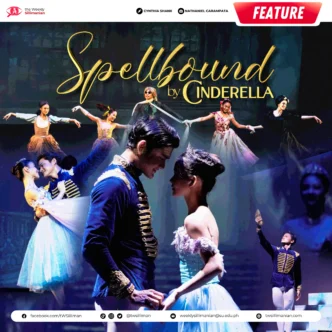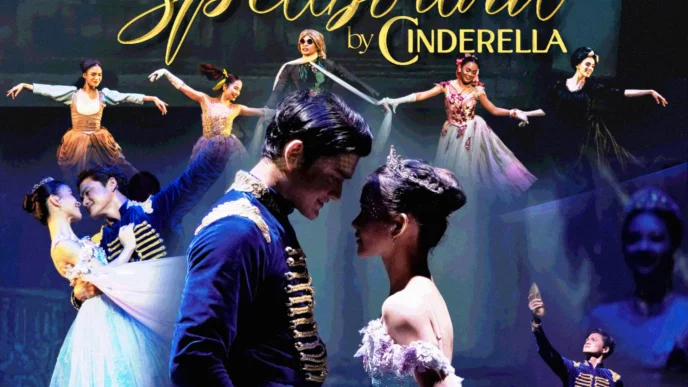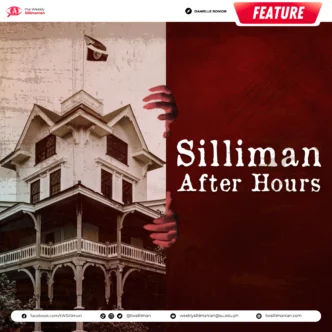By: Cynthia Shank
As the curtains rise once again, Rama, Hari transports audiences to a world where myth, music, and movement converge.
In celebration of the 50th anniversary of the Claire Isabel McGill Luce Auditorium, Rama, Hari returns in a grand revival, showcasing the collaborative genius of five national artists.
Based on the ancient Indian epic Ramayana, the production tells the heroic story of Prince Rama’s quest to rescue his beloved Sita from the clutches of the demon king Ravana. But this isn’t just any retelling, it’s a stunning fusion of Filipino artistry that blends the elegance of dance, the power of music, and the poetry of storytelling.
Marking the golden jubilee of the auditorium, Alice Reyes’ iconic dance musical Rama, Hari makes a triumphant return to the Luce stage. The masterpiece, brought to life by the combined talents of national artists—Reyes for Dance, Ryan Cayabyab for Music, Bienvenido Lumbera for Literature, Salvador Bernal for Costume and Set Design, and Rolando Tinio for the English translation—offers a distinctly Filipino cultural experience in the Indian tale.
Originally staged in 1980, the production’s universal themes of love, loyalty, and the battle between good and evil are vividly brought to life by Reyes’ mesmerizing choreography, Cayabyab’s stirring music, and Lumbera’s poetic libretto.
Reyes’ choreography distinctly blends classical ballet, modern dance, and traditional Filipino movements which serves as the production’s emotional core. Each step and gesture expresses the passion and conflict at the heart of the story, creating an immersive experience for the audience.
The narrative of Rama, Hari is further enhanced with Cayabyab’s score, an evocative mix of classical, traditional, and contemporary Filipino sounds, giving life to both tender love scenes and intense action sequences. While Lumbera’s Filipino libretto, rich in lyrical beauty, captures the heart of the Ramayana, Tinio’s English translation makes the story accessible to a broader audience.
The late Salvador Bernal’s set and costume designs further elevate the production to a higher level, combining Indian and Filipino aesthetics to create a vivid, mythical world. Each scene feels like a living painting, as vibrant costumes and intricate sets draw the audience into the legendary tale.
Beyond its dance and music, Rama, Hari weaves in powerful theatrical elements. The performers don’t just dance—they embody the characters, breathing life into the epic through their movements, expressions, and interactions. This fusion of art forms creates a seamless and compelling narrative, making Rama, Hari a truly captivating stage experience.
As part of the Luce Auditorium’s 50th anniversary, Rama, Hari is both a tribute to Filipino artistry and a celebration of the venue’s legacy. Reyes expressed her excitement, saying, “It means so much to me to have Rama, Hari as a key event in the Luce’s 50th anniversary festivities. It’s a dream come true.”
Despite the excitement surrounding Rama, Hari’s return to the stage, bringing such a grand production to the Luce Auditorium was not without its challenges. Adapting a large-scale show originally designed for expansive venues like the Cultural Center of the Philippines to fit the more intimate Luce stage required creative solutions. The complex sets, intricate choreography, and sweeping musical score had to be reimagined for a smaller space, while still preserving the grandeur and impact of the original.
Alice Reyes and her team approached these adjustments with determination, making strategic choices that ensured the production’s essence remained intact. Reyes remained optimistic throughout, emphasizing that every alteration was not just a technical necessity, but an opportunity to bring a fresh perspective to the work. She noted that the intimacy of the Luce stage allowed for a more personal connection between the performers and the audience, adding a new layer of emotional resonance to the story.
From scaling down set pieces to refining the choreography for a tighter stage, each adjustment was carefully considered. The smaller venue allowed for a closer, more immersive experience, where every detail—each movement, note, and line of poetry—became more vivid and immediate for the audience. In Reyes’ words, “These challenges ultimately became part of the production’s success, making the revival of Rama, Hari not only a logistical triumph but a deeply rewarding artistic journey.”
With Rama, Hari lighting up the Luce Auditorium once again, the timeless masterpiece reaffirms its place as a cornerstone of Philippine performing arts, continuing to inspire new generations of artists and audiences alike. This revival doesn’t just honor the past—it signals the future of Filipino art, ensuring that the magic and brilliance of Filipino creativity through works like Rama, Hari live on.

